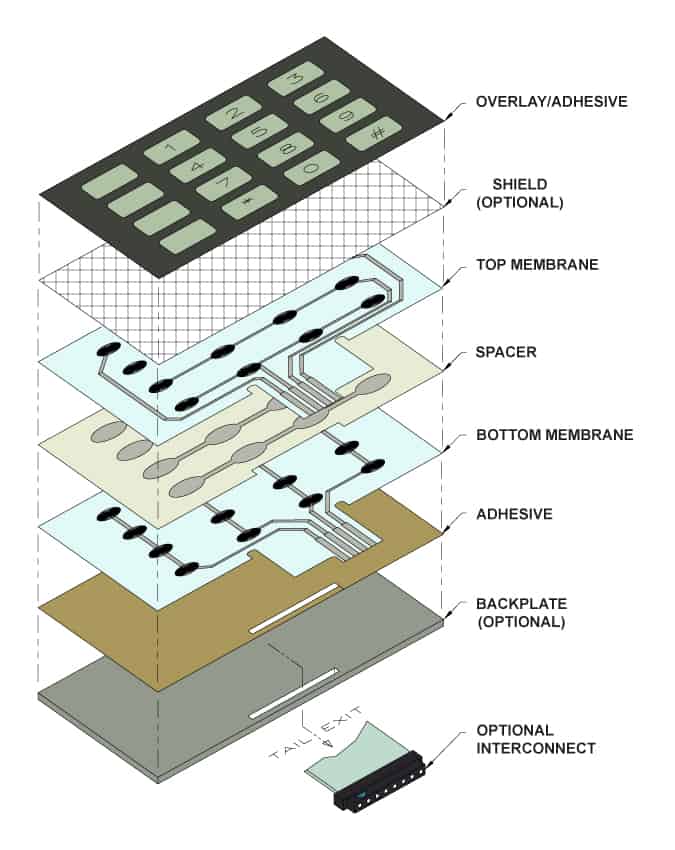How Does A Membrane Keyboard Work?
Keyboards have come a long way over the years, with manufacturers making them smaller, thinner, and with better ergonomics. Not many have answered the question of how does a membrane keyboard exactly works.
We at LANGTU Store are here to help you out with your queries in any sort of complex keyboard designs.
Let’s get started on how the membrane keyboard works. Most membrane keyboards rely on an electrical connection between the keyboard and the circuits under which the keys are pressed.
These keyboards work by electrical contact between the keyboard surface and the underlying circuits when the keytop areas are pressed with help of an external force.
In its normal state, the electrical circuit is broken as there is no contact between the two layers of the membrane keyboard. But when a user presses the key, the top membrane layer is pushed down into the bottom membrane, creating an electrical circuit to register the press.
When someone presses the key, the top membrane layer makes contact with the bottom layer thus completing the circuit. Generally, the switch of a membrane keyboard is left open because the current simply cannot cross the gap between the two layers without the external assistance of an operator.
Above is a small illustration that reveals the different layers of a typical membrane keyboard which consists of an upper and bottom membrane layer containing conductive traces, as well as a centre layer that is filled with air or some other type of substance that is non-reactive.
Hope this article has helped you with a better understanding of the working of membrane Keyboards. We will talk in detail about the types of layers a membrane keyboard has in our next article. So stay tuned.
Sign up to our newsletter to get insights about anything and everything in the field of complex keyboard designs directly in your inbox. If we have missed something, let us know in the comments section below.
We will be more than happy to resolve your queries.






Leave a comment